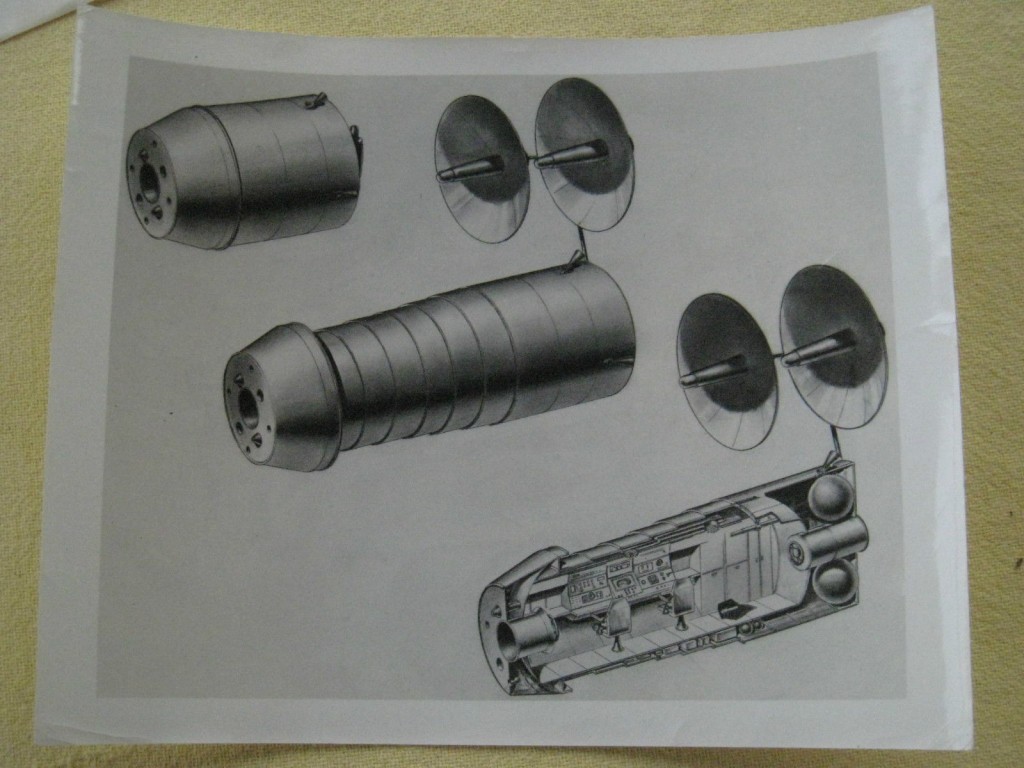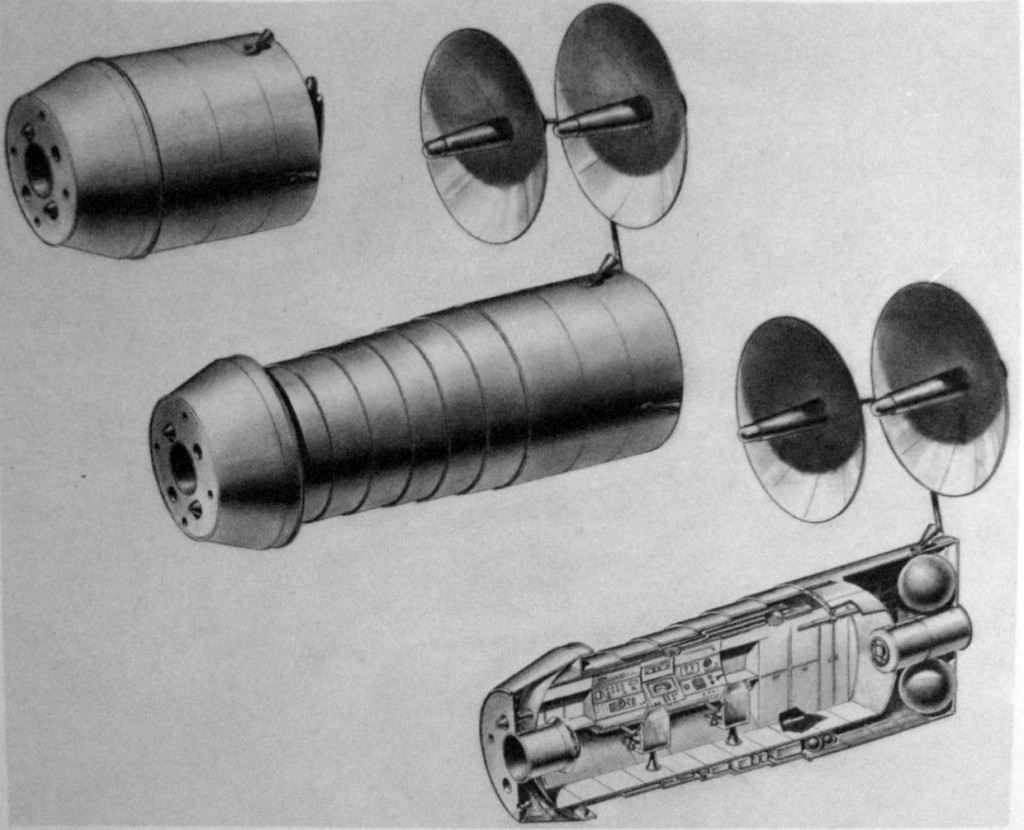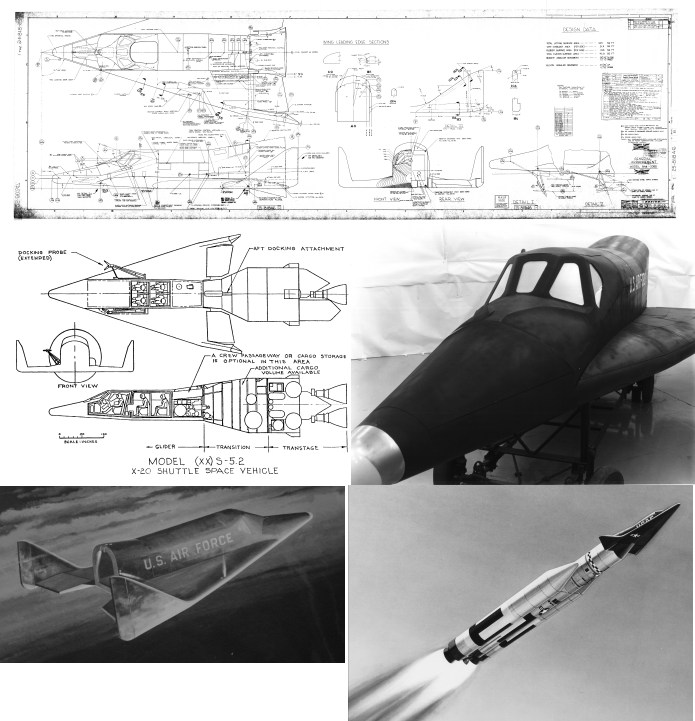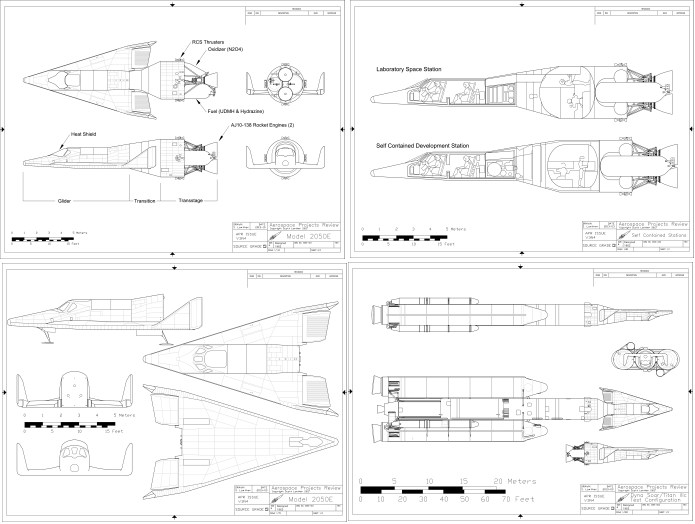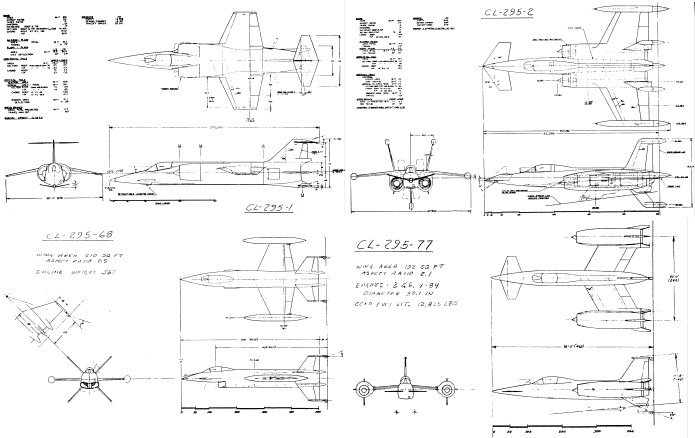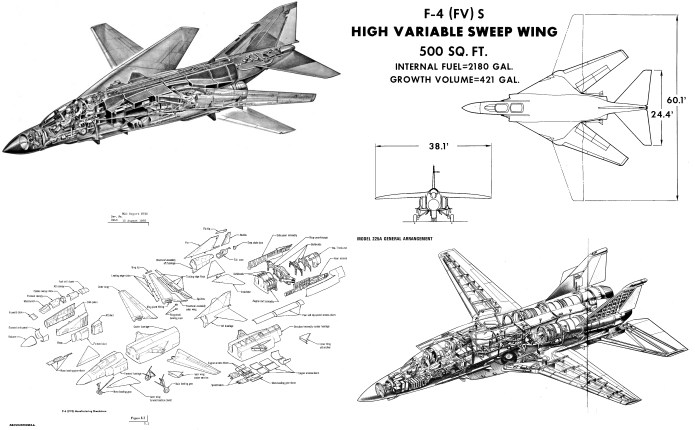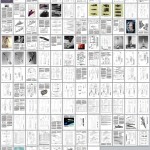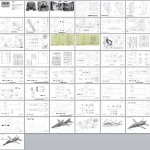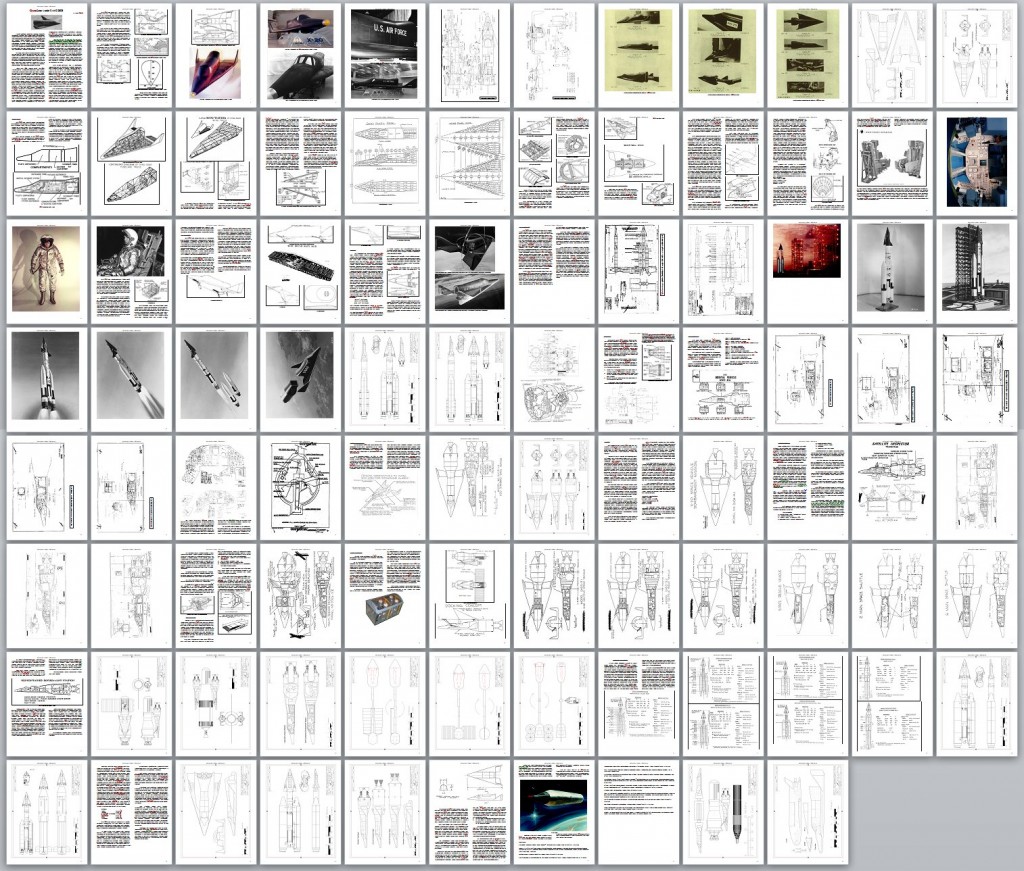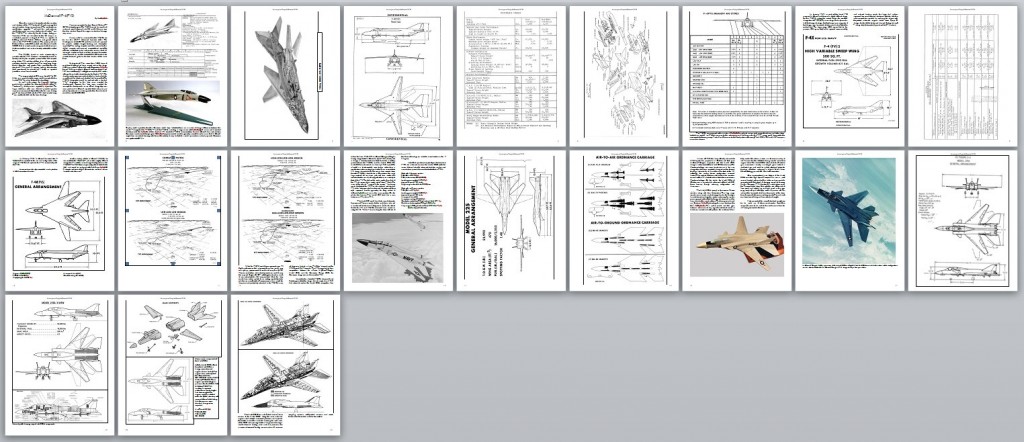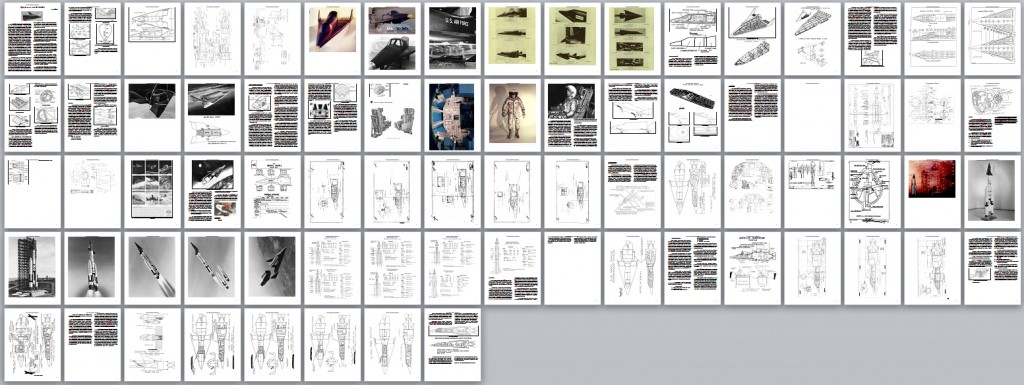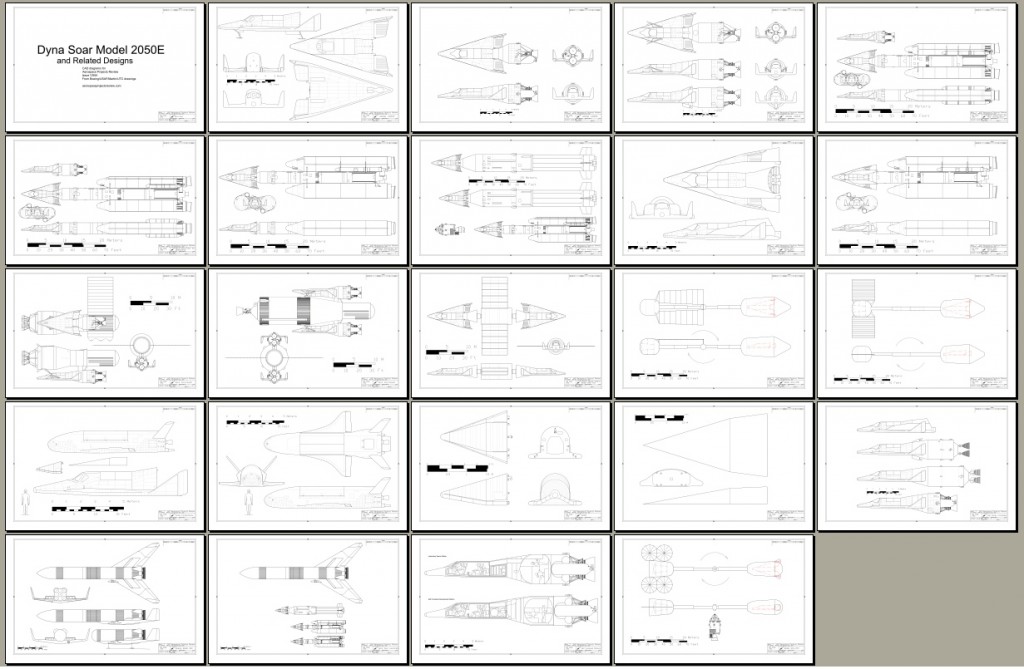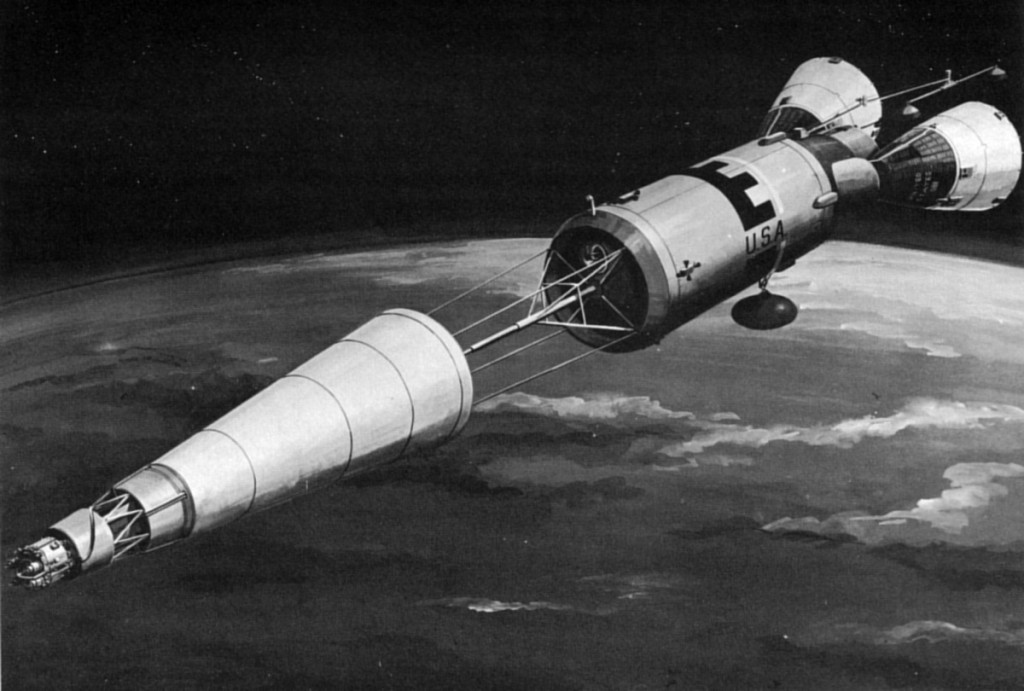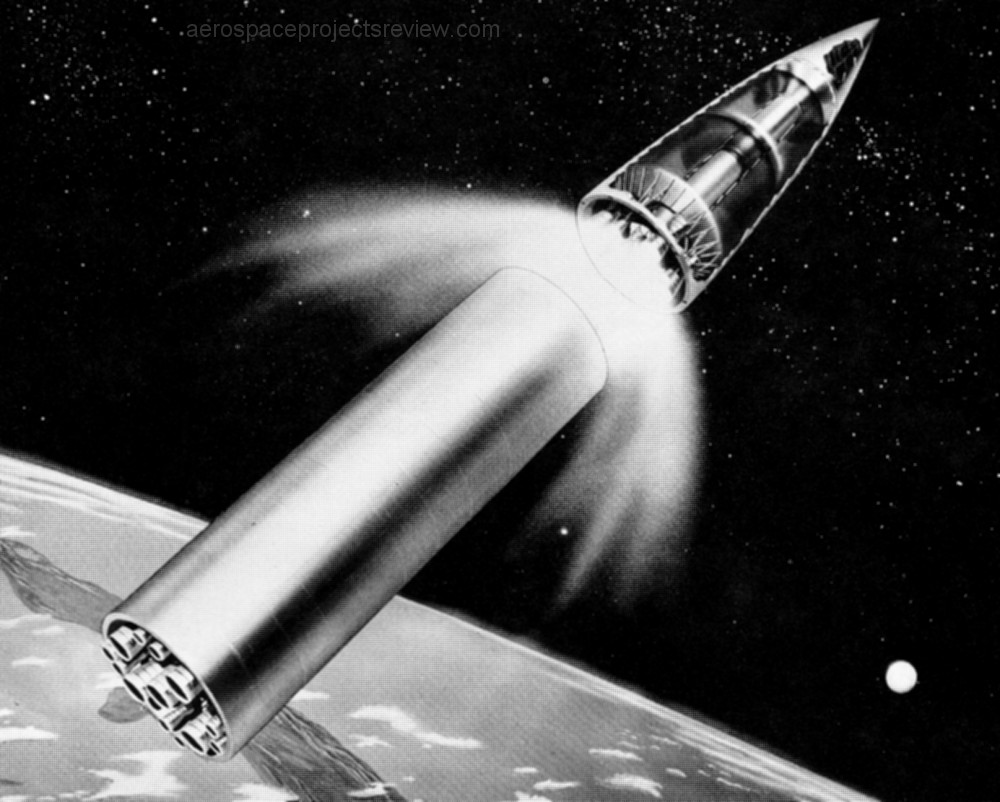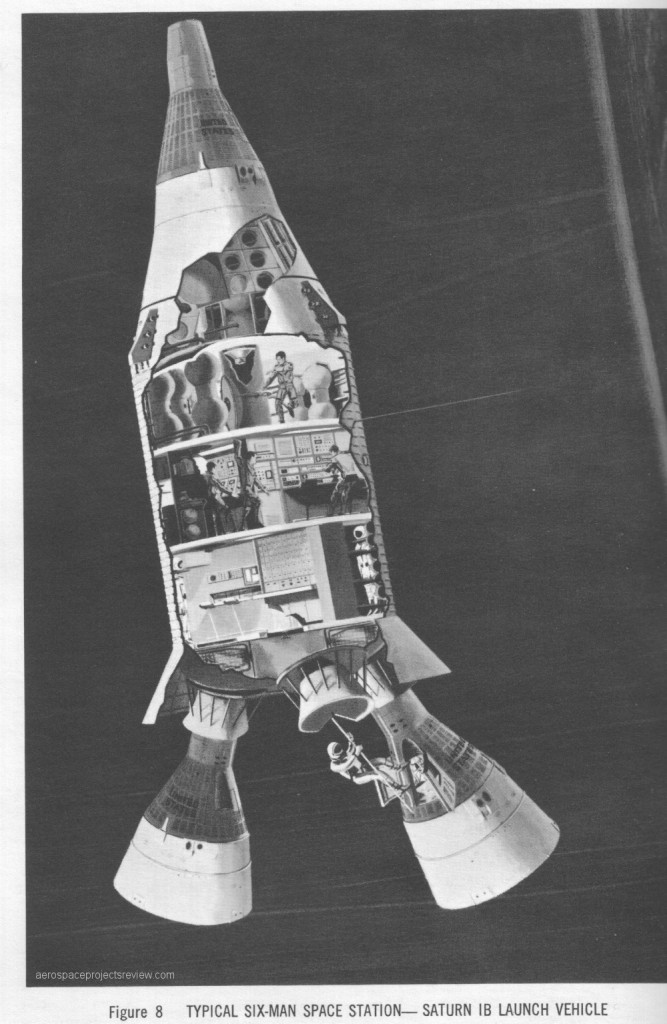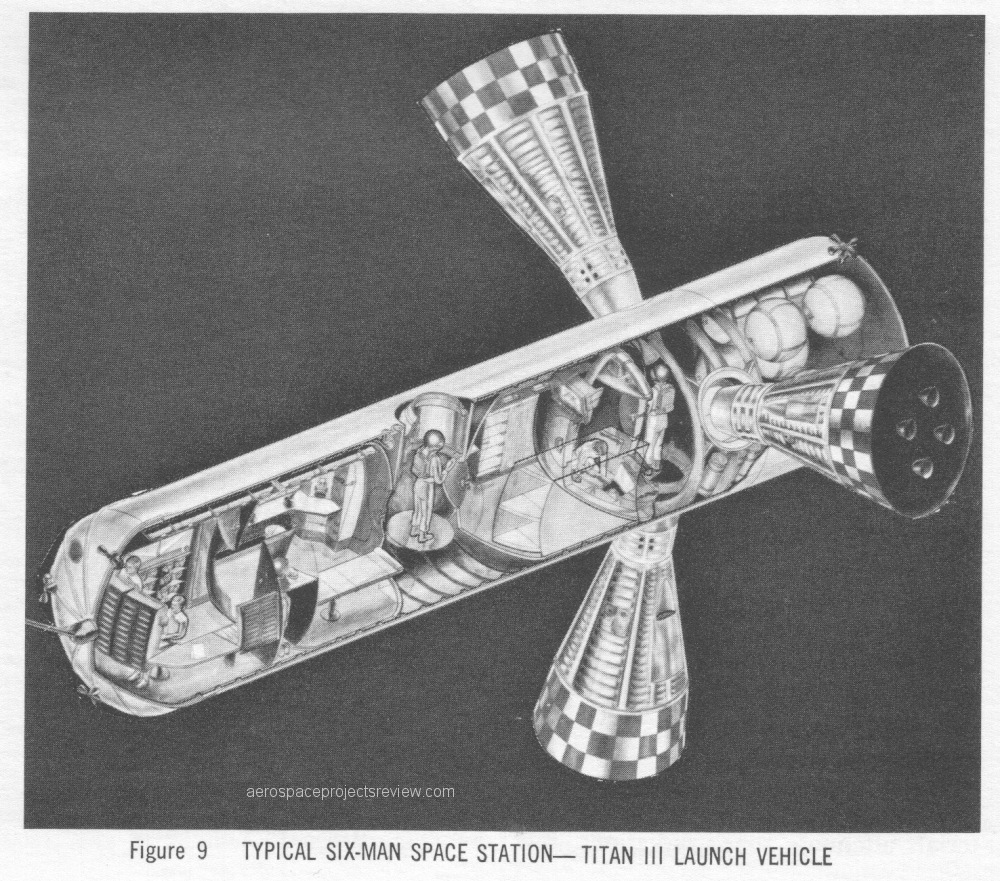I’ve launched the Patreon funding campaign:
http://www.patreon.com/user?u=197906
If you appreciate the aerospace research I do and the stuff I dig up, please consider contributing. As a bonus, you will get goodies if you do! High rez large format diagram scans, brochures, reports, proposals, etc.
Pledge $0.75 or more per month
You get my thanks and a warm fuzzy feeling, knowing that you are contributing to saving the history of aerospace engineering!
Pledge $1.50 or more per month
You will receive the uploaded documents and blueprints at 125 dpi
Pledge $3.00 or more per month
You will receive the uploaded documents and blueprints at 200 dpi
Pledge $4.00 or more per month
You will receive the uploaded documents and blueprints at 300 dpi
Pledge $5.00 or more per month
You will receive the uploaded documents and blueprints at 300 dpi plus a bonus CAD diagram at 300 dpi, sized for 8.5X11
Pledge $6.00 or more per month
You will receive the uploaded documents and blueprints at 300 dpi plus a bonus CAD diagram at 300 dpi sized for 11X17
Pledge $8.00 or more per month
You will receive the uploaded documents and blueprints at 300 dpi plus a bonus CAD diagram at 300 dpi sized for 18X24 or larger AND the diagram in the native vector format
Pledge $10.00 or more per month
You will receive all the prior rewards, plus have the opportunity to vote on what will be released next.
Tell all your friends.
